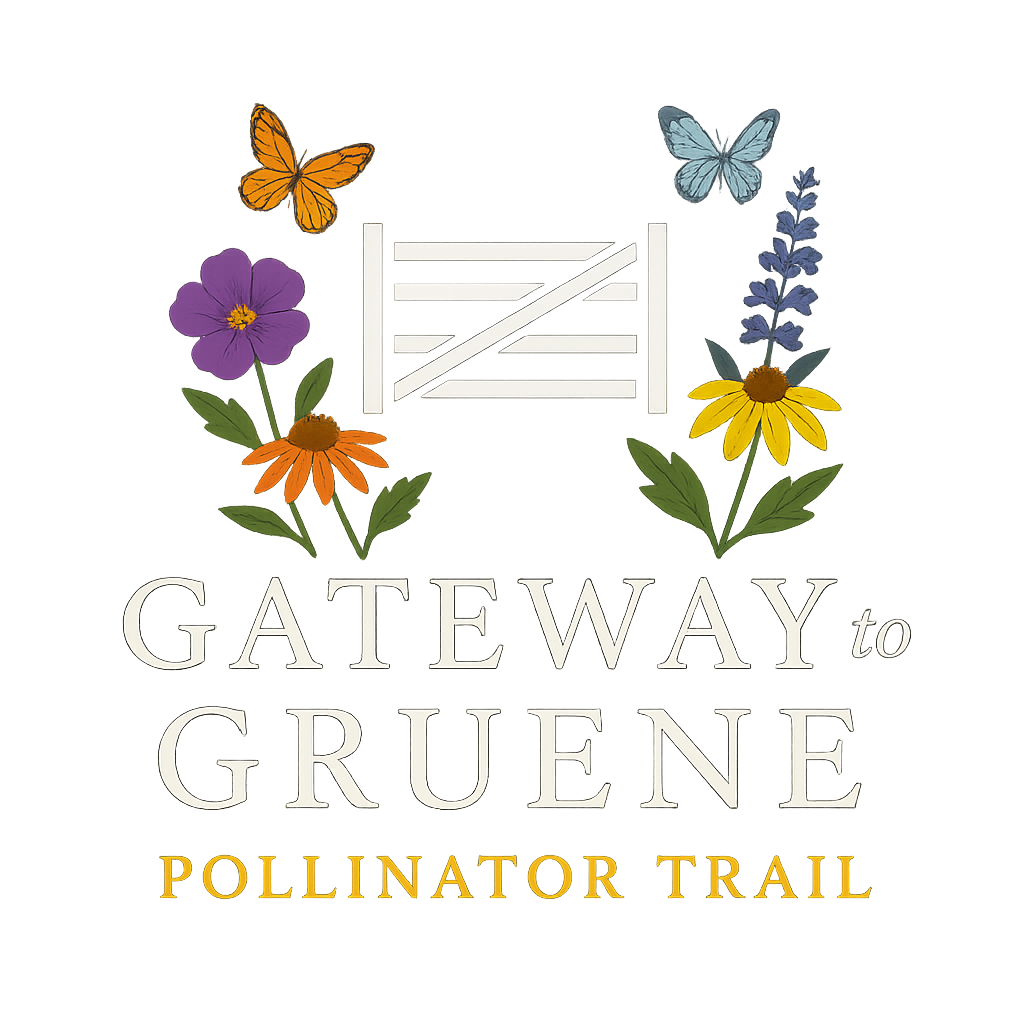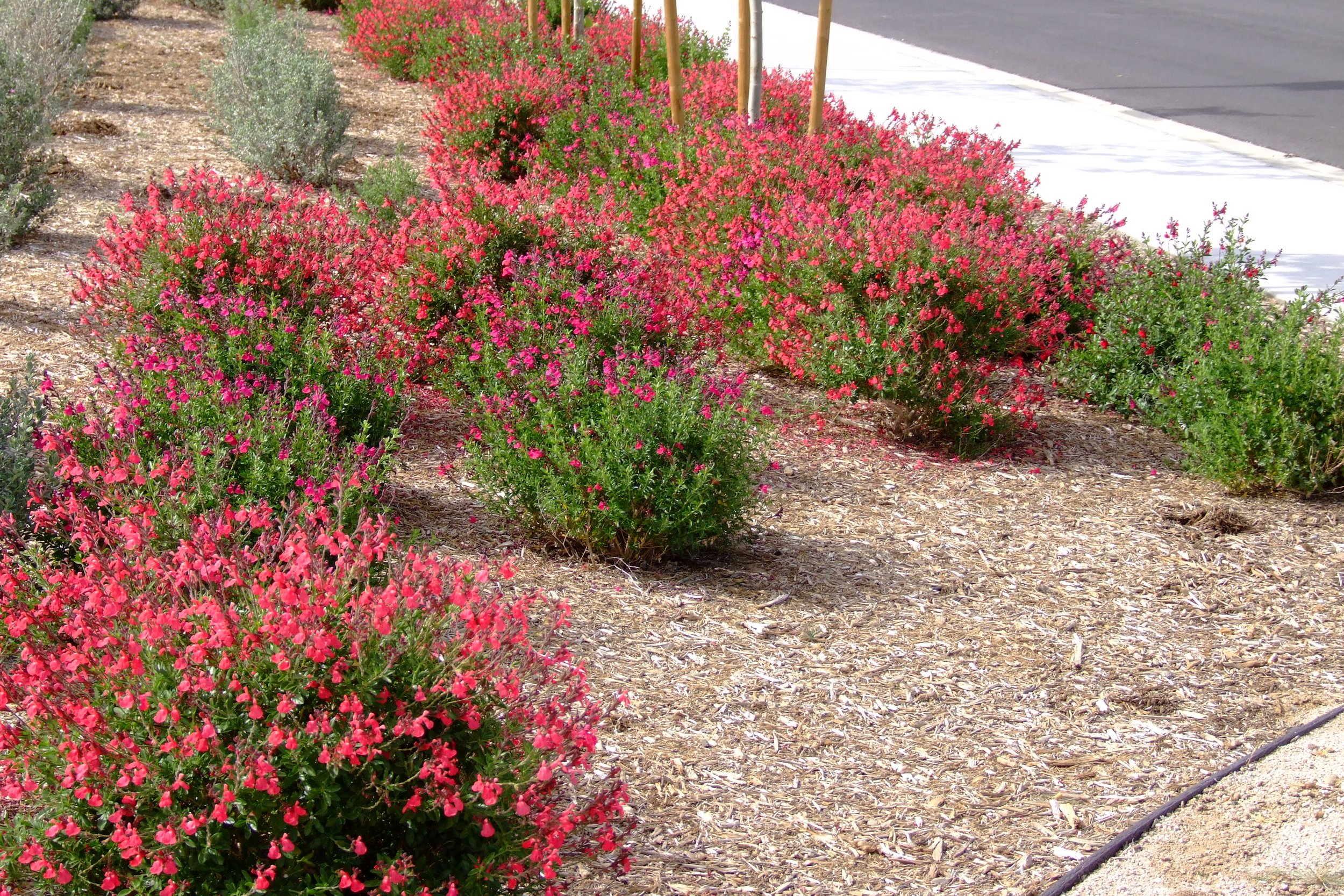Species Profile: Autumn Sage
Common Name: Autumn Sage
Scientific Name: Salvia greggii
Location: Native to Texas and northern Mexico, thriving in rocky slopes, canyons, and open woodlands of Central Texas. Often used in native and xeriscape gardens due to its drought tolerance.
Mating Habits: Reproduces via seeds and vegetative growth. Flowers are pollinated primarily by hummingbirds, but also by butterflies and native bees.
Seasonal Habits / Bloom Time: Blooms from spring through fall (March to November), often with peak flushes after rain. In mild winters, it can bloom year-round.
Ecological Relevance: A key nectar source for migrating and resident hummingbirds, especially the Black-chinned and Ruby-throated Hummingbirds. Supports pollinator diversity in both natural and urban landscapes.
Interesting Facts:
Comes in a wide variety of flower colors, though red is most common in the wild.
Named after 19th-century botanist Josiah Gregg.
Highly adaptable to different soils and sun exposures.
Wildlife Associations: A magnet for hummingbirds, also attracting butterflies like the Monarch and native bees. Provides shelter for small insects.
Conservation Note: Ideal for pollinator gardens and restoration projects. Plant alongside other native salvias and seasonal bloomers to maintain nectar availability year-round.

